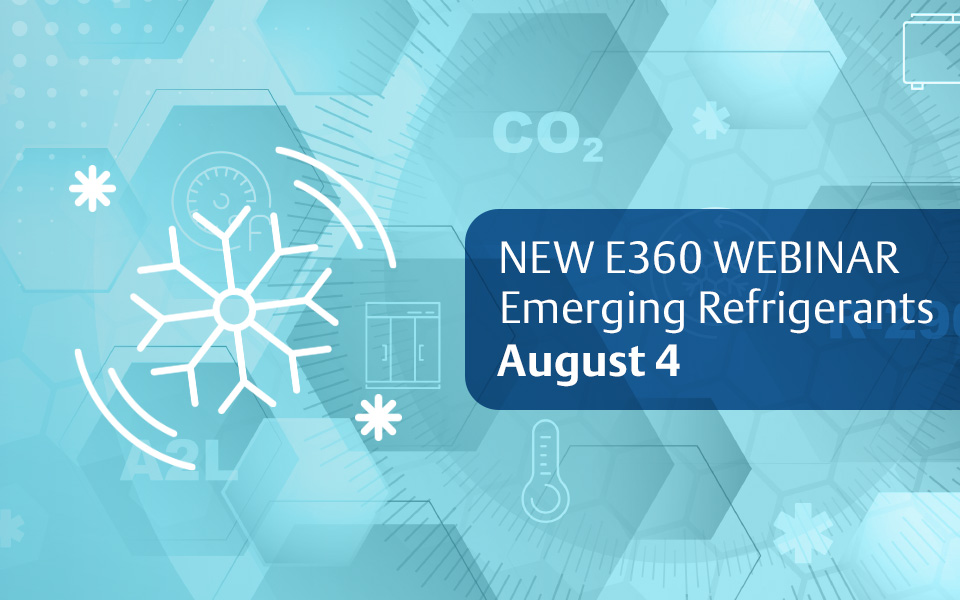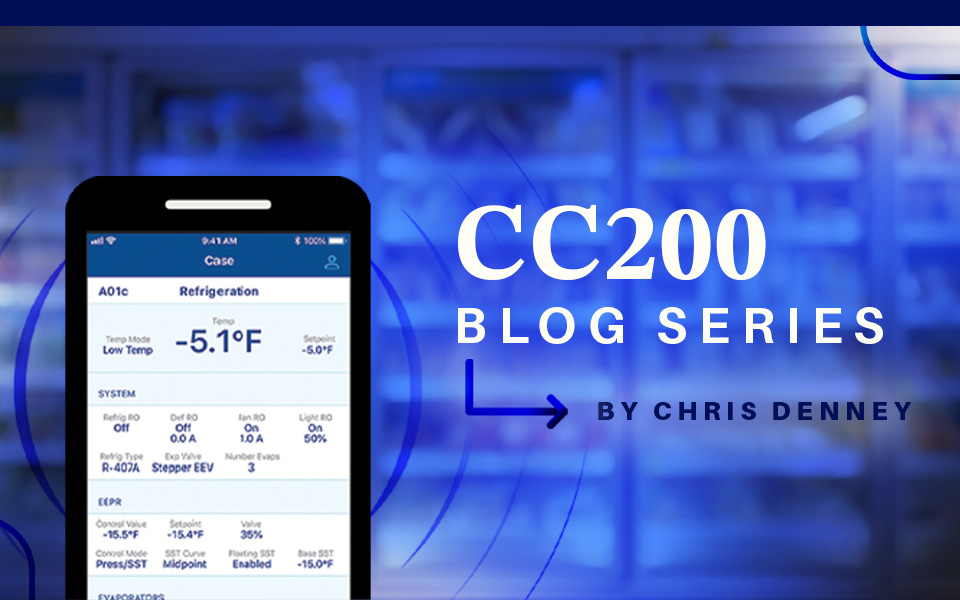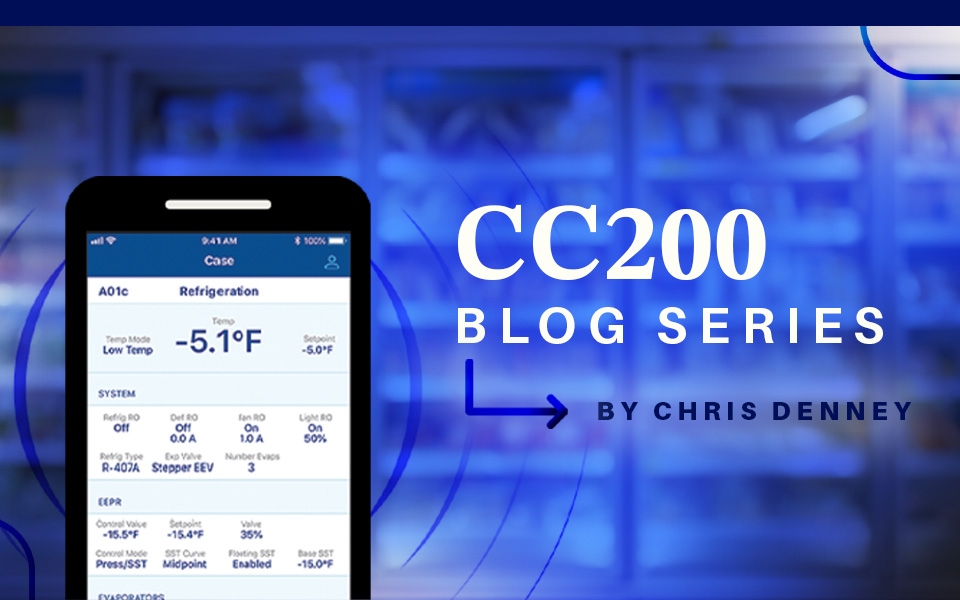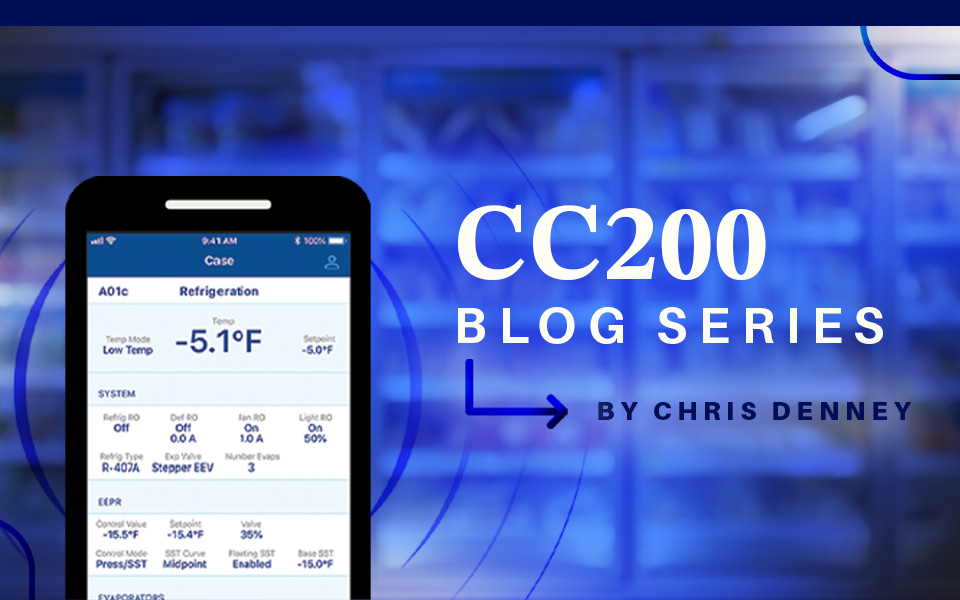After years of speculation and uncertainty, the phasedown of hydrofluorocarbon (HFC) refrigerants has officially arrived in the U.S. Retailers in California were among the first to be impacted, as the California Air Resources Board’s (CARB) recent mandate went into effect as of Jan. 1, 2022. For stakeholders in the rest of the country, it’s no longer a question of “if” but “when” federal refrigerant mandates will impact them. In our next E360 Webinar, Katrina Krites, Copeland’s director of strategic marketing, and I will explore the roles that emerging refrigerants play in achieving both CARB and federal refrigerant compliance. The webinar will take place on Thursday, Aug. 4 at 2 p.m. EDT/11 a.m. PDT.

Regardless of the motivation, these critical equipment and architecture decisions should not be taken lightly, as they can impact retail operations for 1–2 decades.
Among the most likely emerging refrigerant alternatives include proven natural refrigerants — such as CO2 (or R-744) and the hydrocarbon R-290 (aka propane) — as well as a new group of synthetic A2L options. Although these HFC successors offer the necessary GWP reductions, they introduce new performance characteristics and system architectures designed to address a wider variety of store formats and retailer requirements.
Phasing in the next generation of low-GWP refrigerant alternatives
Our next E360 Webinar is designed to help food retailers in California and throughout the U.S. align their refrigerant choices with their company’s long-term operational and sustainability goals. In addition to providing an overview of each emerging refrigerant’s operating characteristics and likely equipment options, Katrina and I will also explore strategies for achieving CARB compliance and preparing for soon-to-be implemented federal mandates. Attendees will learn about:
- The continued growth of CO2 transcritical booster systems in North America
- The expanding potential of R-290 due to charge limit increases per recent safety standards updates
- How to prepare for the emergence of low-GWP A2L refrigerants, and how their lower flammability classification impacts system design and safety management
- Strategies for achieving CARB compliance by evaluating total GHG emissions across a retailer’s entire fleet of stores in California
- Aligning refrigerant choices with architecture recommendations in an ever-expanding range of food retail store formats
If you’re ready to phase out HFC refrigerants and start phasing in your next generation of lower-GWP alternatives, then register now. This informative and free webinar will take place on Thursday, Aug. 4 at 2 p.m. EDT/11 a.m. PDT.

Simplify Refrigerated Case Servicing and Troubleshooting
Effective troubleshooting is a fundamental skillset for service technicians responsible for...

Exploring the Advanced Functionality of the CC200 Case Controller
In the first blog of our Innovations in Case Control series, I reviewed the hardware components,...

Innovations in Refrigerated Case Control — CC200 Case Controller Video and Blog Series
Electronic controls have become essential components in modern commercial refrigeration equipment....
